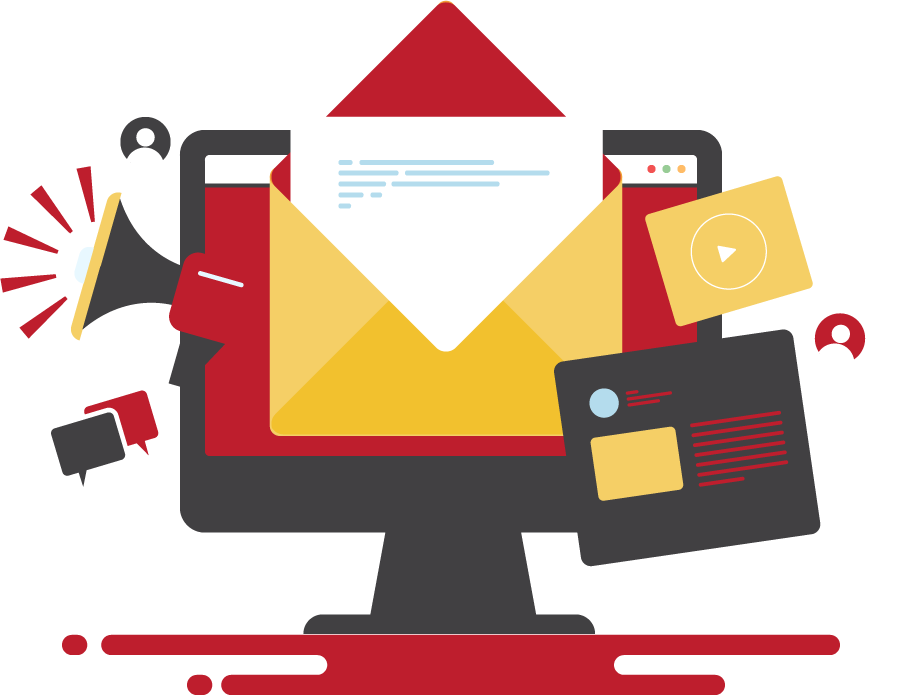Workflows vs. Sequences: What’s the Difference
Mastering workflows and sequences create frictionless experiences for potential customers and effortlessly moves leads down the sales funnel (and saves your internal sales and marketing team a ton of time). Though the terms are often used interchangeably when talking about marketing automation as a concept, these two automation tools in HubSpot are distinctly different.
Read this blog to understand the difference between workflows and sequences and to discover the distinct roles that each tool plays within your marketing automation strategy.
Sequences 101
Sequences are a sales representative’s domain. Email templates can be developed by marketing for the sales team to utilize in their sales sequences, but the deployment and management of these automation paths are the responsibility of the sales rep.
These tools are used to automate personalized interactions between sales reps and potential leads. A HubSpot Professional Sales seat is required to unlock this feature. Sequences are a powerful tool that enables the sales rep to automate lead warming in a one-to-one way.
Sales sequences may include the following steps:
Automated emails will deploy automatically to the enrolled contact.
Manual email task assignment to remind the sales rep to send a manual email on a specific date.
Call task assignment to remind a sales rep to call the enrolled contact on a specific date.
General task assignment to remind a sales rep to complete any other task needed on a specific date.
InMail task assignment or connection request task to remind a sales rep to send LinkedIn InMail or connect with an enrolled contact on a specific date if you are using LinkedIn Sales Navigator.
If the lead takes action, they are unenrolled from the sequence. This is another key difference between workflows and sequences. Sequences are also sent as 1:1 emails, not as marketing emails. This means that non-marketing contacts may be enrolled and receive email via sequences.
Common use cases of sales sequences:
New lead follow-up/ warming after a key industry event.
Geographic prospecting before planning a trip to maximize meetings scheduled.
Post-webinar follow-up to warm and engage leads.
To promote limited-time sales offers to engaged leads.
To share new resources such as blogs, ebooks, or other new value-adding educational resources.
Workflows 101
Workflows, on the other hand, are the responsibility of the marketing team. Marketing gurus who sign up for a HubSpot Professional Marketing Hub subscription gain access to the workflow automation tool. Workflows are incredibly powerful. While most people associate their utility with sending automated email nurture campaigns (which they are excellent at), there are many use cases for workflows outside of sending email.
Workflows allow marketers to:
Dynamically enroll contacts who meet criteria at any point in time, enabling workflows to constantly perform automation work without any maintenance.
Automate business processes such as contact assignments, task assignments for reps, lead notifications for reps, deal creation, lifecycle stage changes, and more.
Workflows allow marketers to create automations for contact, company, and deal objects.
Send both external emails to contacts and internal communications to teammates. These emails can be highly customized and personalized using personalization tokens.
Workflows allow for complex branching to tailor automation activities to meet business objectives.
Summary of the Key Difference
Here’s a table to help summarize the differences between sequences and workflows.
Need help with marketing automation? Red Brick Partners has your back!
We have a strong background in lead generation and bring over a decade of industry experience in content creation, digital marketing, and automation. Feel free to do some digging on our website or click the button below, and we'll get back to you soon.





